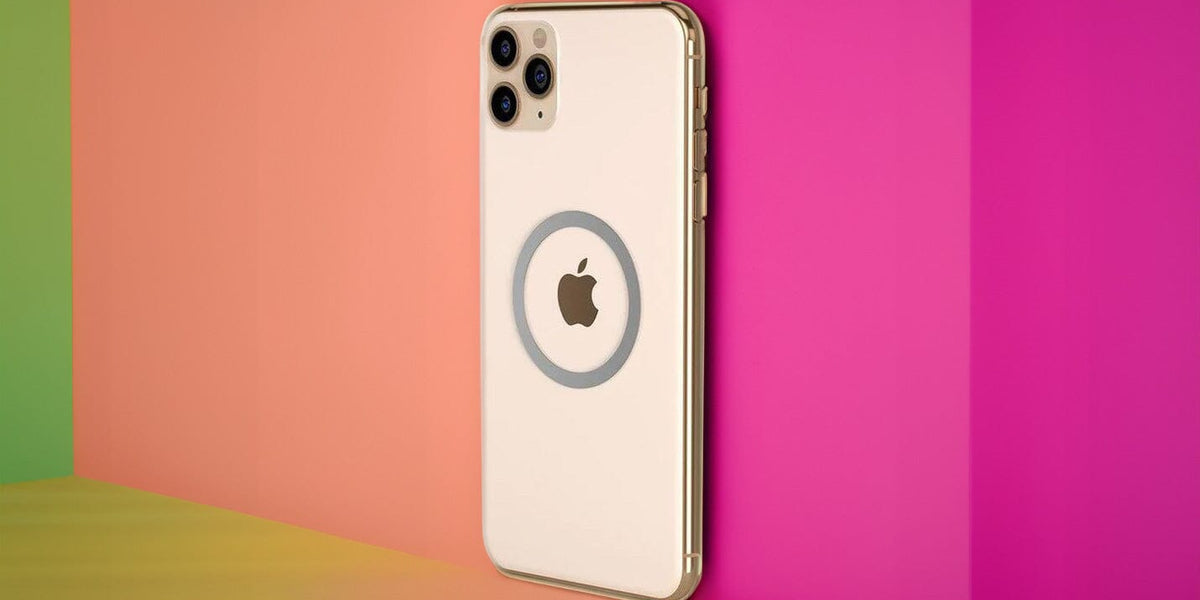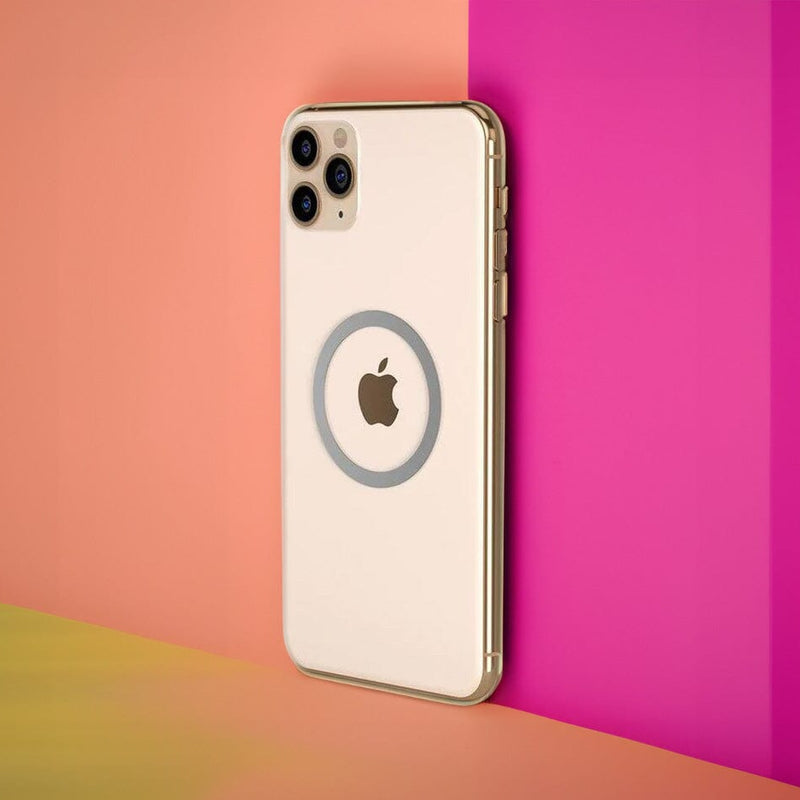How To Remove an Adhesive Magnet from Your iPhone
Apr 03, 2024
Removing an adhesive magnet from your iPhone requires careful handling to avoid damaging the device. Whether it's a mount or an accessory, stubborn adhesives can be challenging to remove. However, with the right tools and techniques, you can safely eliminate the magnet without leaving behind any residue or causing harm to your iPhone's surface. Here, we'll explore various methods, from dental floss to adhesive removers, to help you effectively remove the adhesive magnet from your iPhone.
Why Is There a Magnet on the Back of My iPhone?
The magnet on the back of your iPhone serves several purposes, primarily related to enhancing the user experience and enabling compatibility with various accessories. One prominent application of magnets in recent iPhone models, such as the iPhone 12 series and later, is for MagSafe technology. MagSafe integrates magnets into the iPhone's design, enabling seamless attachment with MagSafe accessories, including chargers, cases, and mounts.
Apart from MagSafe, magnets on the back of iPhones also facilitate compatibility with a range of third-party magnetic accessories, such as car mounts, stands, and wallet attachments. These accessories leverage the magnetic field generated by the iPhone to securely attach to the device, providing users with convenient and versatile solutions for hands-free use, navigation, and organization.
Will a Magnet Damage My iPhone?
Magnets are not inherently harmful to iPhones, as iPhones contain internal components like speakers and sensors that are shielded and designed to withstand typical magnetic fields encountered in daily use. However, strong magnets placed directly on the iPhone may temporarily interfere with specific functions or sensors.
For instance, powerful magnets positioned near the compass sensor could disrupt the accuracy of compass readings. Similarly, magnets near the camera lens may affect the optical image stabilization or autofocus features.
Additionally, while magnets used in accessories like magnetic cases or mounts are generally safe, it's essential to use them as intended and avoid placing them directly on sensitive areas of the iPhone, such as the screen or internal components.
In the case of MagSafe technology, iPhones are designed to work seamlessly with MagSafe accessories, incorporating magnets into their design. When appropriately used, MagSafe accessories should not cause any damage to the iPhone and provide a convenient and secure user experience for features like wireless charging and attachment of accessories.
5 Ways To Remove an Adhesive Magnet From an iPhone
Dental Floss
Using dental floss is a simple and effective method to remove adhesive magnets from an iPhone. Pull off an extended length of dental floss, fold it in half, and slide it underneath the adhesive magnet. Pull the dental floss upward while moving it back and forth to lift the magnet from the surface of the iPhone gradually.
Fishing Line
Like dental floss, a fishing line can cut through the adhesive between the magnet and the iPhone. Stretch the fishing line tight and move it back and forth like a saw to gradually separate the magnet from the phone.
Hair Dryer
Applying heat with a hair dryer can soften the adhesive, making it easier to remove the magnet. Hold the hair dryer a few inches away from the magnet for a few minutes to warm up the adhesive. Once the adhesive becomes more pliable, gently pry the magnet off the iPhone using a plastic tool or fingernail.
Adhesive Remover
A specialized remover can dissolve the adhesive without damaging the iPhone's surface. Apply the adhesive remover to the magnet and let it sit for a few minutes to penetrate the adhesive. Then, gently lift the magnet from the iPhone using a soft cloth or plastic tool.
Rubbing Alcohol
Rubbing alcohol (when used safely) can help break down the adhesive and facilitate the removal of the magnet. Dampen a soft cloth or cotton swab with rubbing alcohol and apply it to the adhesive. Let it sit for a few minutes to loosen the glue before gently peeling off the magnet.
Ice Pack
Chilling the adhesive with an ice pack can cause it to contract, making it easier to remove the magnet. Place an ice pack or a bag of frozen peas on the magnet for a few minutes to chill the adhesive. Once it's cold, gently pry the magnet off.
Final Thoughts
A magnet on the back of your iPhone serves various purposes, primarily enabling compatibility with accessories like MagSafe chargers and mounts. However, if you need to remove an adhesive magnet, several methods are available, including using dental floss, fishing line, or applying heat with a hairdryer.
Now that you’ve removed that pesky magnet, why not treat your iPhone to a brand-new Casely phone case?





